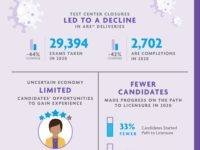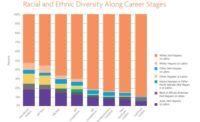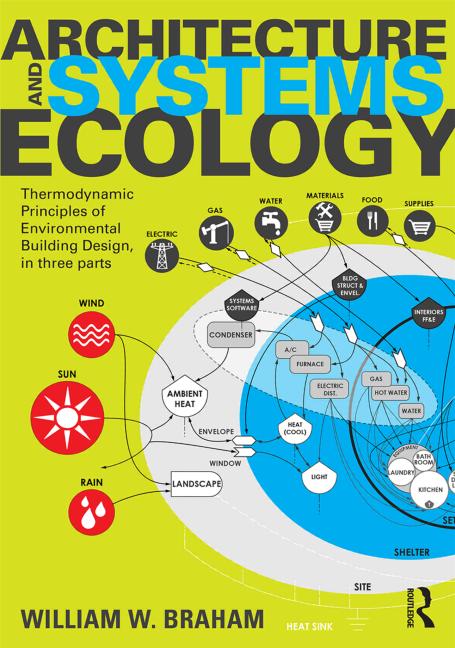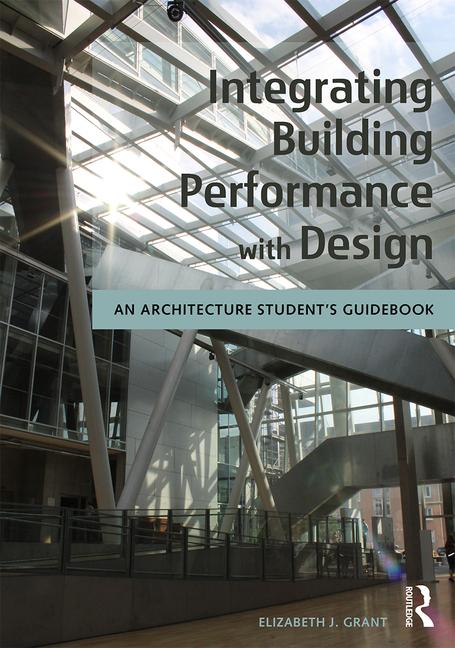NCARB Report Highlights Key Skills for Entry-Level Architecture Positions

The National Council of Architectural Registration Boards (NCARB) has released a new report providing insight into the top knowledge, skills, and abilities (KSAs) expected for an entry-level role in architecture. Intended to help bridge the gap between architectural education and practice, the Workforce Readiness Report provides a framework for incorporating the top skills recent graduates need into all types of architectural education.
Created with research and input from thousands of both licensed and unlicensed architecture professionals, the Workforce Readiness Report identifies 53 KSAs needed to effectively perform in an entry-level architecture position. The report highlights nine KSAs that both licensed and unlicensed individuals indicated were most critical for an entry-level role.
“Understanding what skills are essential for entry-level architecture work is critical not only for students and universities, but also for NCARB,” said NCARB Past President Jon Alan Baker, FAIA, NCARB, LEED AP, who initiated the organization’s workforce readiness research in 2023. “Through these findings, we can ensure that individuals looking to start a career in architecture are better set up for success.”
The study, which was conducted in partnership with an independent research company, included an analysis of existing job postings for entry-level architecture positions. A team of volunteer architects and educators used this analysis to create a draft list of KSAs, which were then shared with thousands of architects and licensure candidates—including recent graduates—to validate. Based on the validation survey, NCARB identified nine top KSAs that were universally ranked as most important for entry-level professionals. These include both technical skills, such as using software to create 2D and 3D drawings, and soft skills, such as communicating clearly and professionally.
In addition, the study also explored alignment between the skills that employers expect from entry-level employees and the areas that community college architecture programs focus on in their curriculum. NCARB compared the KSAs to common student learning outcomes from community college architecture programs and found that many of the top skills needed for entry-level positions align with the intended learning outcomes for architecture students.
To promote a stronger focus on career-readiness at the college level, the Workforce Readiness Report includes a framework that educators can use to help guide the development of academic curriculum. The framework outlines when students could first be exposed to a KSA, as well as when they should be able to fully demonstrate that KSA.
To explore the Workforce Readiness Report, visit www.ncarb.org/readiness.
Looking for a reprint of this article?
From high-res PDFs to custom plaques, order your copy today!





.png?height=200&t=1731679575&width=200)


